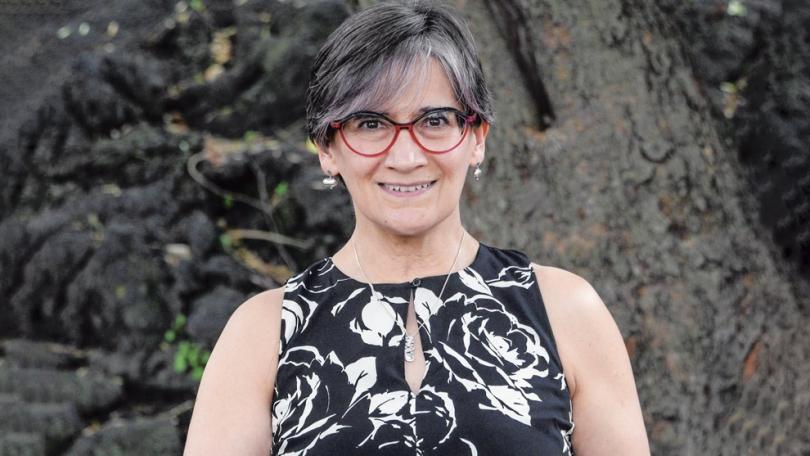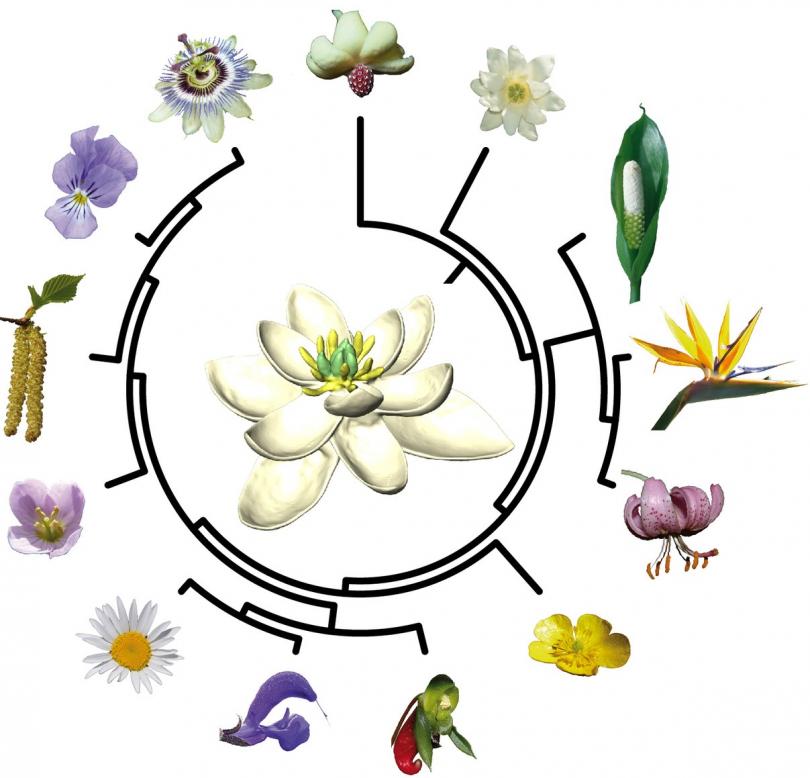
Dr. Susana Magallón Puebla
Bio:
Dr. Susana Magallón Puebla is the Director of the Biology Institute at the Universad Nacional Autónoma de México. She is an evolutionary biologist who focuses on understanding macroevolutionary processes associated to the evolution of flowering plants, including their floral structure, the timing and dynamics of their diversification, and the mechanisms of acquisition of species richness in diverse Mesoamerican lineages. She obtained her B.Sc. and M.SC. degrees from UNAM, and a Ph.D. from the University of Chicago. She held a postdoctoral fellowship at the University of California, Davis. Her research is characterized by a deep understanding and integration of paleobiology and of phylogenetic comparative methods, involving the combination of morphological and molecular data from extant and fossil species. Dr. Magallón was inducted as a member of the National Academy of Sciences (USA) and the Royal Society (UK) in 2024 because of the quality of her research and contributions to the scientific community.
Abstract:
Integration of molecular data, to provide a general phylogenetic framework, and morphological data, to allow incorporation of fossils, represents a cardinal approach to investigate evolution in deep time. We assembled a morphological matrix for 1201 extant species representing all angiosperm families, and 121 well-preserved fossil flowers, and in combination with a molecular database for extant species based on exemplar representation, used it to investigate methodological issues relating to integration of extant and fossil taxa in phylogenetic estimation; divergence time estimation in a full Total Evidence approach; and estimation of the theoretical floral morphospace. Phylogenetic analyses used different optimization criteria and kinds of data to estimate relationships, as well as uncertainty in fossil placements. We found that the joint use of molecular and morphological data in a parametric context allows to recover a phylogenetic framework in agreement with molecular estimates, and fossils associated to branches in agreement with assessments based on detailed morphological comparisons. Nevertheless, uncertainty associated to fossil placements is usually high. An attempt to estimate divergence times using morphological, molecular and temporal information indicates that, while available models to integrate extant and fossil species in the same diversification process represent significant advances, there are practical difficulties with fossils for which few characters can be scored, and in the free estimation of model parameters. The theoretical morphospace of floral structure was estimated through the construction of a pairwise distance matrix among extant and fossil species, estimation of disparity, and ordination techniques to reduce dimensionality. The area of the theoretical morphospace occupied by extant and fossil species was identified, as well as how morphospace occupation has changed through time and among groups. A decrease in morphospace occupation towards the present and canalization in the of morphospace occupation among derived clades are documented, in agreement with previous independent observations.
How did the first flower in the history of Earth look like?
